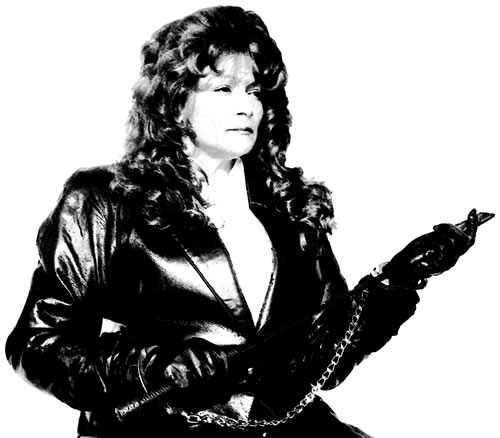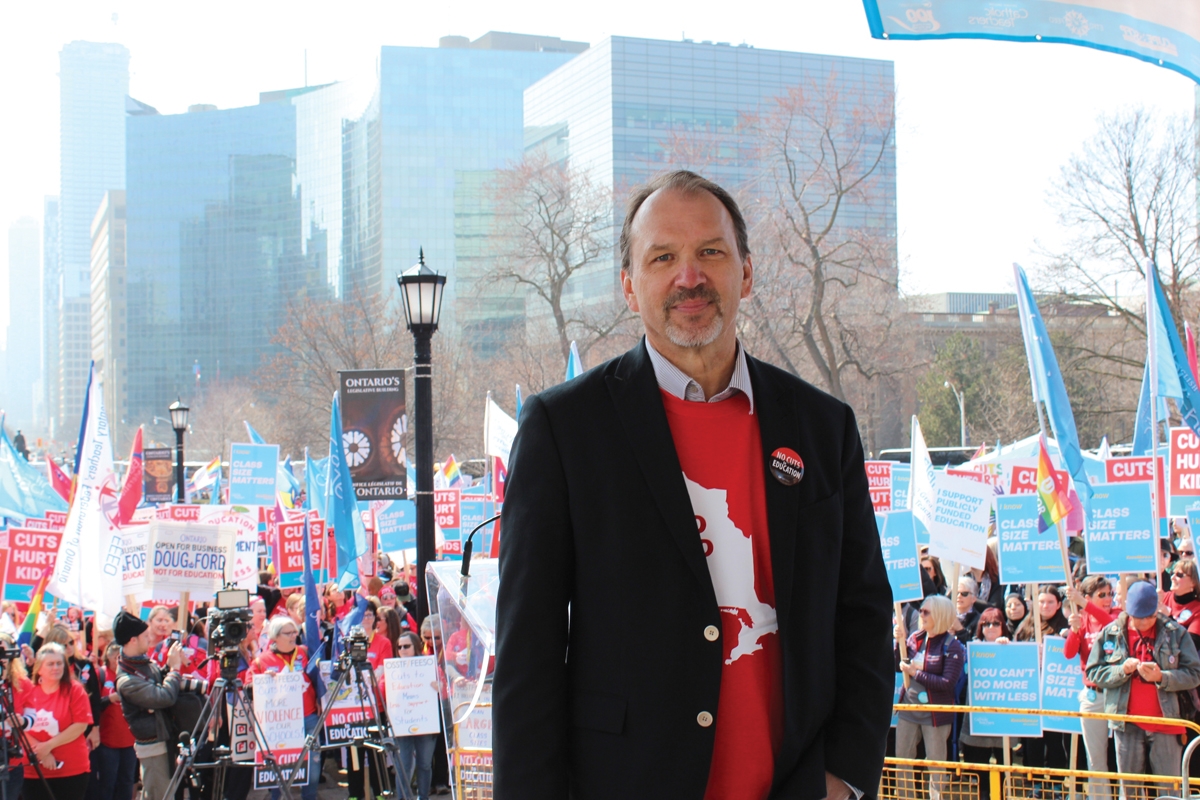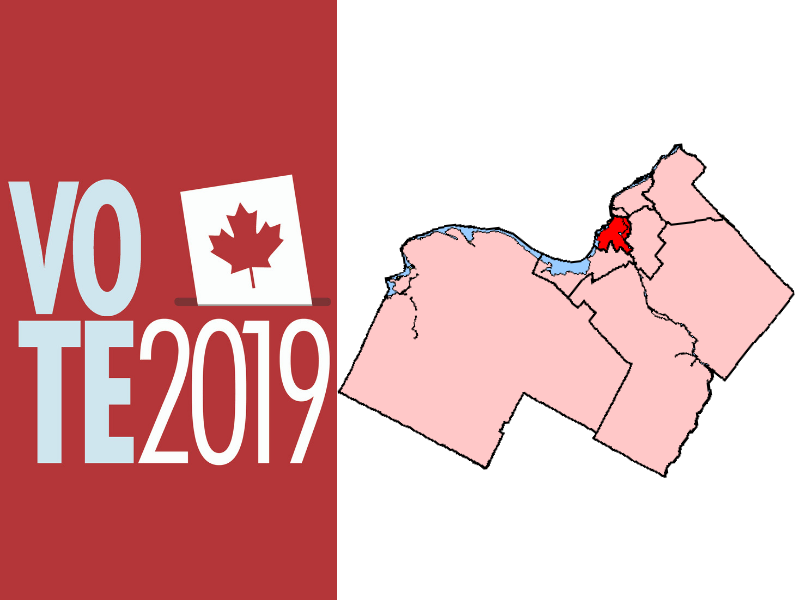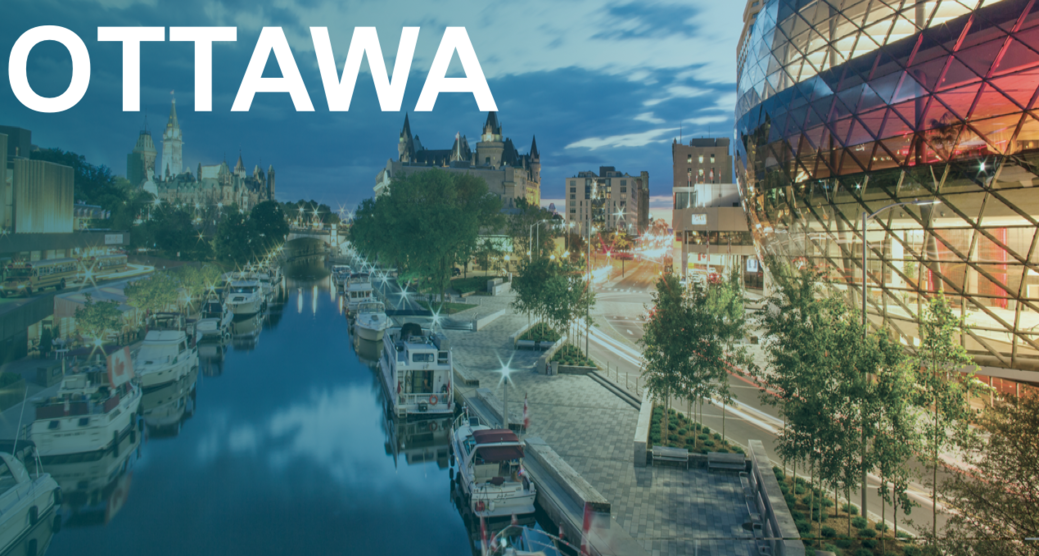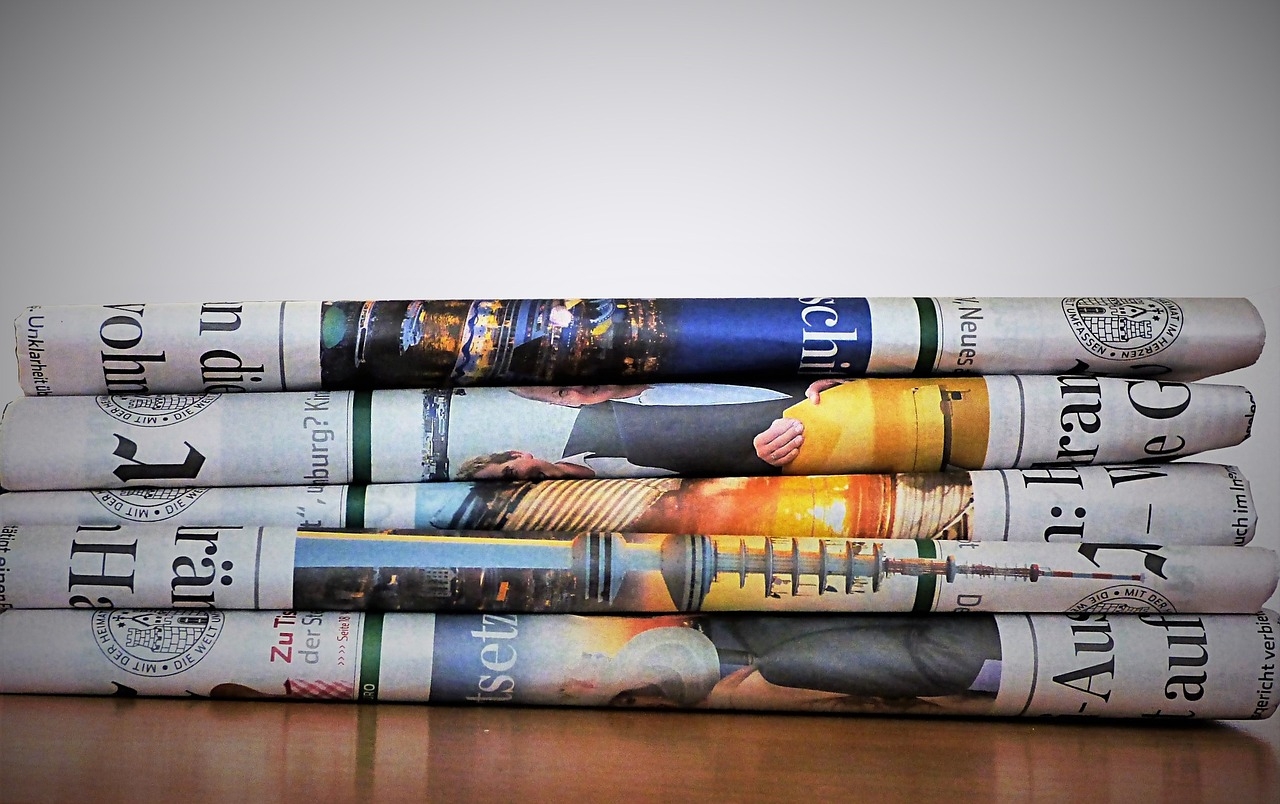
Who photographs the Libyan Slave Trade and why?
Many of you have presumably already heard or read about the Slave Trade happening in Libya today. Moreover, you’ve probably stumbled upon many pictures, videos, and statements from journalists concerning this crisis. In 1865, the Emancipation Proclamation put an end to official slavery in the United States, although there remains some controversy still over whether we’ve ever really seen an end to enslavement, at least in the West. One thing is clear, however: we certainly have not witnessed a Slave Trade like that in Libya since before Lincoln.
Newspapers, magazines, television channels, and social media have thoroughly and repetitively discussed this issue for weeks now. Many of these mediums come with angles and political slants, while social media, by contrast, remains the platform where people can freely express opinions, concerns, and questions about these socio-political debates.
I recently came across a tweet that highlighted an important, yet massively overlooked issue concerning a journalists’ role in social justice. The ‘real question’ is addressed to said-reporters and journalists who are taking live pictures and videos of the slaves being brutally mistreated: “Do they just watch and go back to their lives like they saw nothing?” While many assumed this was an attack on journalists, the twitter user was referring to whether watching the slave trade occurring before their eyes, has had any psychological and emotional effects on them or caused them any trauma.
Nonetheless, the assumptions of those replying to the tweet have introduced many new questions and controversies. Here are a few:
Are these photos in fact taken by journalists? If so, how are journalists even permitted by the traders to join the slave auctioneers in order to take these pictures?
Apparently, some journalists – such as Nima Elbagir, a CNN correspondent – go undercover and attend these auctions pretending to be buyers, in order to discreetly take pictures and report back to the authorities; this would presumably fulfill simultaneously their ethical duty towards ‘government authorities’ as well as their professional duty towards public opinion. But is this true?
Accessing these slave trade auctions is far from easy. How does a foreign person infiltrate such an environment? Do the traders not demand credentials or at least some form background check on every buyer? Can anyone go in and participate? If so, wouldn’t the traders fear that this outsider would be able to at least attempt to sabotage the trade, or worse, report back to authorities that may potentially put an end to it all?
Now let’s assume it is actual international journalists who are taking these photos, how are the majority of the photos sent back with such high quality? How do the journalists get so close to the slaves in order to taking these pictures?
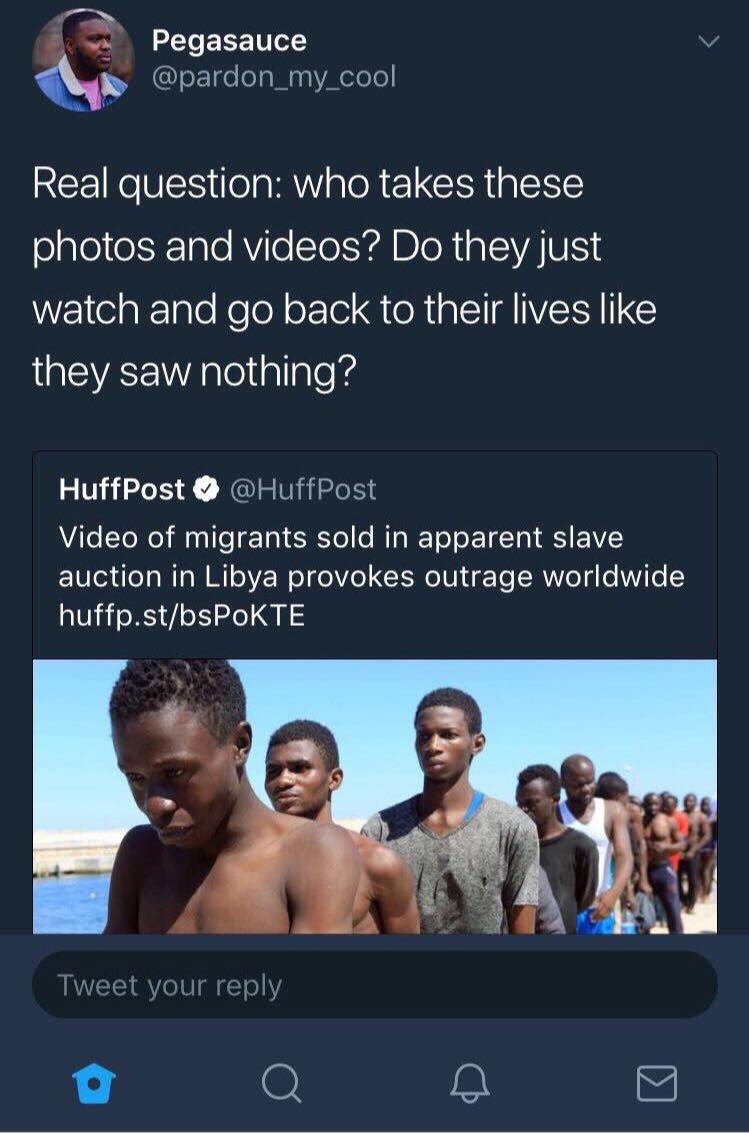
If they are managing to take pictures, wouldn’t pictures of those who are selling slaves be more effective? Do journalists have a responsibility to do more? Are these pictures being provided to ‘authorities’ behind the scenes? This will obviously remain unknown and is paradoxically where the ethical question lies. Many believe that the responsibility of journalists is merely to capture images and videos – simply transfer information – in this case to inform people about the slave trade. In that case, journalists would be fulfilling their ethical role by ‘doing their job’ and reporting back to the public, and we should acknowledge and appreciate them for risking their safety in the process.
To address the original question of this tweet, do these journalists get psychologically affected by what they witness while reporting such horrific events?
While many journalists have mastered the emotional detachment sometimes necessary for their job, others such as Kevin Carter, (a New York Times journalist who visited Sudan during its 1993 famine, and was once actually perceived in the media as inhumane) later committed suicide for being deeply affected by the tragedies he had witnessed and reported in Sudan.
Carter is one of many journalists who suffered from PTSD and other psychological illnesses following such events.
Could this be an inside-job? Are the people selling slaves (and/or people who work for them) taking these pictures?
The possibility of an inside-job would potentially explain the high quality of the pictures that populate the internet, as well as why it is the slaves and not the people facilitating the trade who are being photographed.
Some people have claimed that there was a video posted by CNN – that was allegedly later deleted – showing traders taking pictures and videos themselves. Could those be the real sources? Of course, we cannot confirm the accuracy of this statement since the video is not currently on their website. But we can ask the following questions: Why would the Libyan traders want the whole world to witness their actions? What good would media coverage do them? Why would they want to be the primary story on almost every media outlet?
Moreover, some who misinterpreted the twitter user’s intentions – which he later clarified – were outraged by his question and suggested that expecting journalists to ‘do more’ (like try to single-handedly end the slave trade) is outrageous. They defended the reporters by giving them credit for being courageous enough even to go in and take these photos.
“That’s the worst part about being a journalist, it’s basically your job to not do anything [more].” – @Kaamilthedragon

